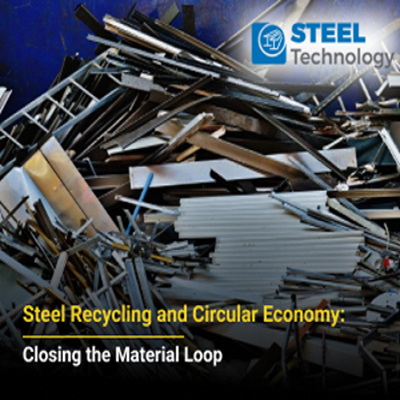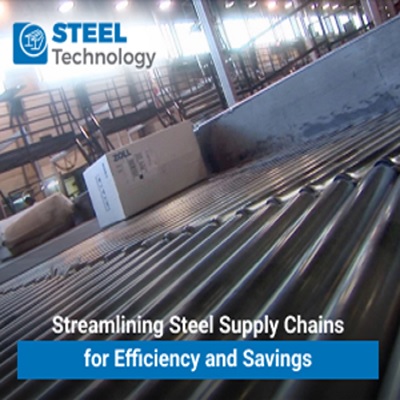Steel Export Strategies: Navigating Global Markets

Introduction:
The global steel industry plays a pivotal role in the economic development of nations, with steel being a fundamental element in construction, manufacturing, and infrastructure. For countries seeking to boost their economies through steel exports, a well-crafted strategy is essential. In this comprehensive article, we will delve into the intricacies of steel export strategies, providing an in-depth exploration of key considerations to empower nations in navigating the complexities of global markets.
Understanding Global Steel Markets:
Before delving into export strategies, it is crucial to comprehend the dynamics of the global steel market. Steel prices are influenced by various factors, including raw material costs, demand from major industries, geopolitical events, and trade policies. A nuanced understanding of these factors is vital for formulating effective export strategies.
1. Identifying Target Markets: The foundation of a successful steel export strategy lies in identifying lucrative target markets. This involves a meticulous analysis of demand patterns, understanding local regulations, and evaluating the competitive landscape. Focusing efforts on markets with growing steel demand and favorable trade conditions enhances the likelihood of export success.
2. Quality Assurance and Compliance: The international reputation of a country's steel industry hinges on meeting stringent quality standards. Exporting nations must ensure that their steel products comply with the specifications of target markets. This often requires obtaining relevant certifications and adhering to industry norms. A commitment to quality not only fosters trust with international buyers but also elevates the competitiveness of exported steel.
3. Logistics and Supply Chain Management: The success of steel exports hinges on efficient logistics and supply chain management. Ensuring timely delivery, cost-effective transportation, and dependable distribution channels is critical for customer satisfaction and fostering repeat business. Investing in robust infrastructure and streamlined logistics capabilities is vital to optimize the efficiency of steel exports.
4. Currency Considerations: The volatility of currency exchange rates can significantly impact the competitiveness of exported steel. Exporting countries must vigilantly monitor exchange rate trends and adopt risk mitigation strategies, such as currency hedging, to shield against unfavorable movements. Maintaining stable pricing enhances predictability for both exporters and importers, fostering a conducive business environment.
5. Trade Agreements and Tariffs: Navigating the complex web of trade agreements and tariff structures is pivotal for success in global steel markets. Countries engaging in steel exports should leverage favorable trade agreements to minimize tariffs and trade barriers. Negotiating with trade partners to secure preferential treatment can provide a substantial competitive advantage, enabling nations to carve a niche in international markets.
6. Market Intelligence and Adaptability: The steel industry is characterized by rapid changes, necessitating a proactive approach to market intelligence. Exporting nations must stay abreast of industry trends, emerging technologies, and shifts in demand. Being adaptable and responsive to market changes positions countries to capitalize on new opportunities and mitigate potential risks, ensuring sustained growth in the global steel trade.
Conclusion:
In the fiercely competitive landscape of global steel markets, success in exports demands a holistic and dynamic approach. From identifying target markets and ensuring quality compliance to optimizing logistics, managing currency risks, navigating trade agreements, and staying informed about industry dynamics – each facet contributes to the resilience and competitiveness of a nation's steel export strategy. By carefully addressing these considerations, steel-producing nations can not only enhance their presence in international markets but also foster sustainable economic growth through the strategic export of steel products.











